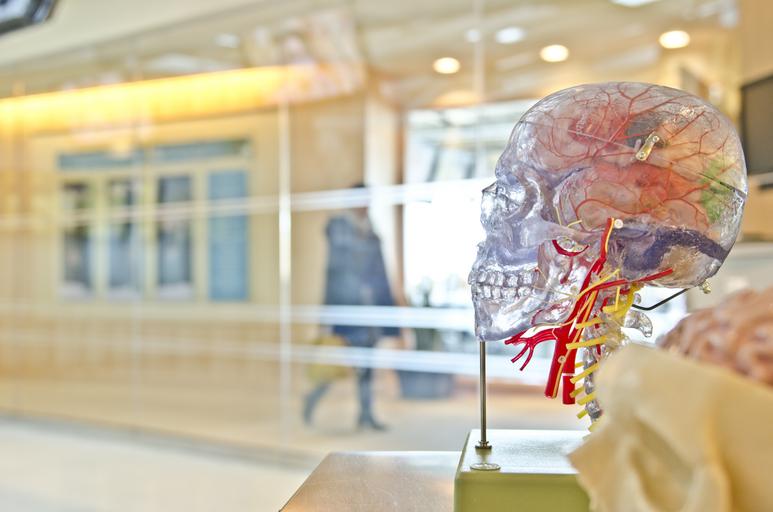A recently completed study suggests that the modern human brain evolved about 1.7 million years ago. When the upright man actually appeared with stone-age tools in Africa proved to be interestingly complex.
The upright man
According to a News18 article, one of the biggest mysteries experts are trying to solve today is when the human brain evolved. The report also confirms that the first members of the genus Homo appeared in Africa around 2.5 million years ago and walked upright like modern-day humans. However, they had brains similar to primitive apes, which is about half the size of a modern-day human. Therefore, an international team of researchers at the University of Zurich decided to find the answers.
The homoerectus species, also known as the hominin or upright man, was known for performing cognitive tasks such as hunting, communication, collecting food, and other skills. The study authors add that the homoerectus brain quickly migrated from Africa to Asia.
Based on the study, the UZH research team, led by Christoph Zollokofer and Marcia Ponce de Leon, studied Homo fossil skulls estimated to have resided in Africa a million years ago. Zollikofer commented on their study by saying that their assessments show that the modern human brain only appeared in the African Homoerectus about 1.5 million to 1.7 million years ago.
The first Homo erectus outside Africa was found in Dmanisi or present-day Georgia. They had a similar brain to their African counterparts.
According to UNESCO, it follows that human brains did not get to be as big as they are now until 1.7 million years ago. Nevertheless, these early humans could make many tools, adapt to new environmental conditions, and take care of members of the group who needed nurturing.
Evolution and culture
In this period, African cultures became diverse and complex, as visible in the various stone tools discovered. The study authors also suggest that from these findings, biological and cultural cultures are interdependent.


